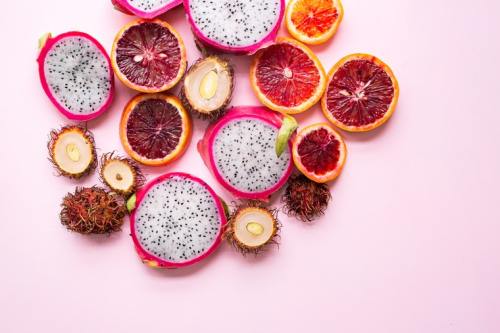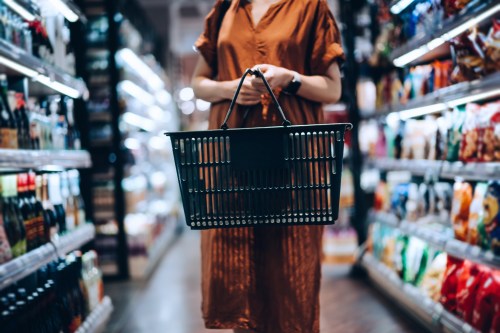Produce is some of the healthiest food you can put in your body—but you have to wash off any dirt, grime, pesticides, and bacteria first. When the Center for Science in the Public Interest studied foodborne health outbreaks over a 10-year period, it found that fresh produce items cause more illnesses than any other single category of food.
Most of those contaminated fruits and vegetables probably weren’t washed. But before you break out the boiling water and an industrial-size scrub brush, know that tap water and a bit of elbow grease is usually enough to do the trick. Megan Roosevelt, RDN, a nutritionist and founder of HealthGirlGrocery.com, has the lowdown on some of the most common slips people make on their journey to safe, clean produce.
Here are 5 mistakes you might be making with your produce—and the easy fixes that’ll get your fruits and veggies in peak shape.
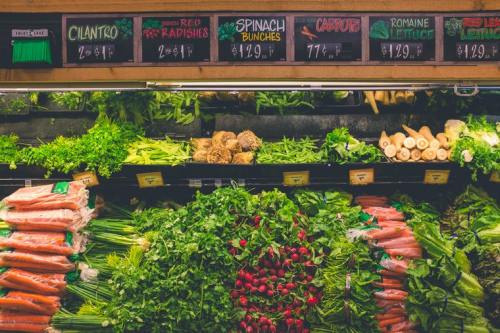
1. You wash everything as soon as you’re back from the store
“Bacteria can regrow after produce has been washed and placed in the fridge, especially if you don’t plan to eat it for a few days,” Roosevelt says. While it’s tempting to give everything a rinse all at once, it’s healthier to load groceries right into the refrigerator and then wash everything just before you cook or eat it.
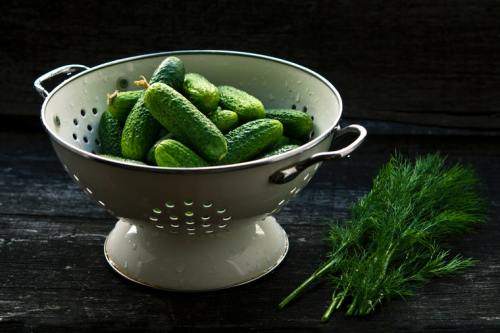
2. The sink is your cleaning station
Here’s a stat that could make your skin crawl: Your sink probably harbors more bacteria than a toilet, according to research done by Charles Gerba, PhD, a microbiologist and professor at the University of Arizona in Tucson. That’s because the wet, moist surface is an ideal breeding ground for icky things like E. coli. “Instead of washing produce in the sink, grab a colander or clean bowl,” Roosevelt recommends.

3. You don’t wash the organics well
Buy a fruit or veggie from the Environmental Working Group’s dirty dozen list, and you already know you should scour these pesticide-prone foods a little harder. But even if you opt for organic, don’t think you can skip the scrub-down entirely. “Think of how many hands, bins, and bags this produce passes through before making its way to your kitchen,” Roosevelt says. While you may have to worry less about pesticides, you’ll still want to clean off the bacteria and grime that could be coating that cantaloupe.
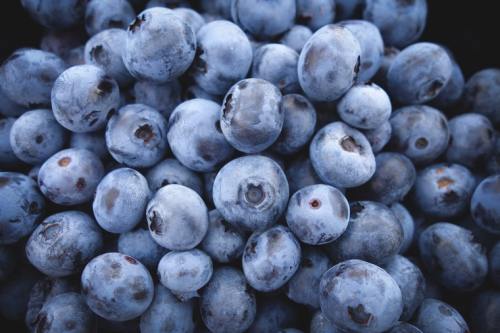
4. You shell out for fancy produce wash
If you like the scent of that bottle of store-bought produce wash, have at it. But it’s not necessary. “Water or a homemade vinegar-and-water solution can be just as effective,” says Roosevelt.
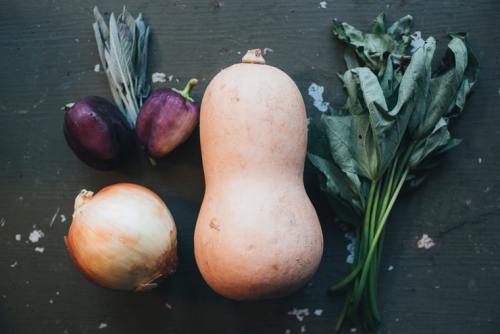
5. You clean everything the same way
Delicate basil and hardy spuds can tolerate different levels of scrubbing, and you should tailor your technique to the produce at hand. “Anything with intricate folds or pockets, like kale, leeks, or broccoli, is best soaked for one to two minutes in cold water, then rinsed,” says Roosevelt. For delicate salad greens such as spinach or butter leaf, swirl them in a bowl of cold water for 30 seconds, then pat dry with a paper towel or drain in a colander. “And for anything with a tough skin that you plan to eat, like potatoes or squash, give it a good scrub,” she says. All that’s left to do is raise your fork and dig into your fave sweet potato recipe (at every meal) with peace of mind.
Should you buy local or organic produce? Here’s how to choose between those options. And don’t miss these vegan street food recipes for fall—they’re crazy-delicious.
Sign Up for Our Daily Newsletter
Get all the latest in wellness, trends, food, fitness, beauty, and more delivered right to your inbox.
Got it, you've been added to our email list.
